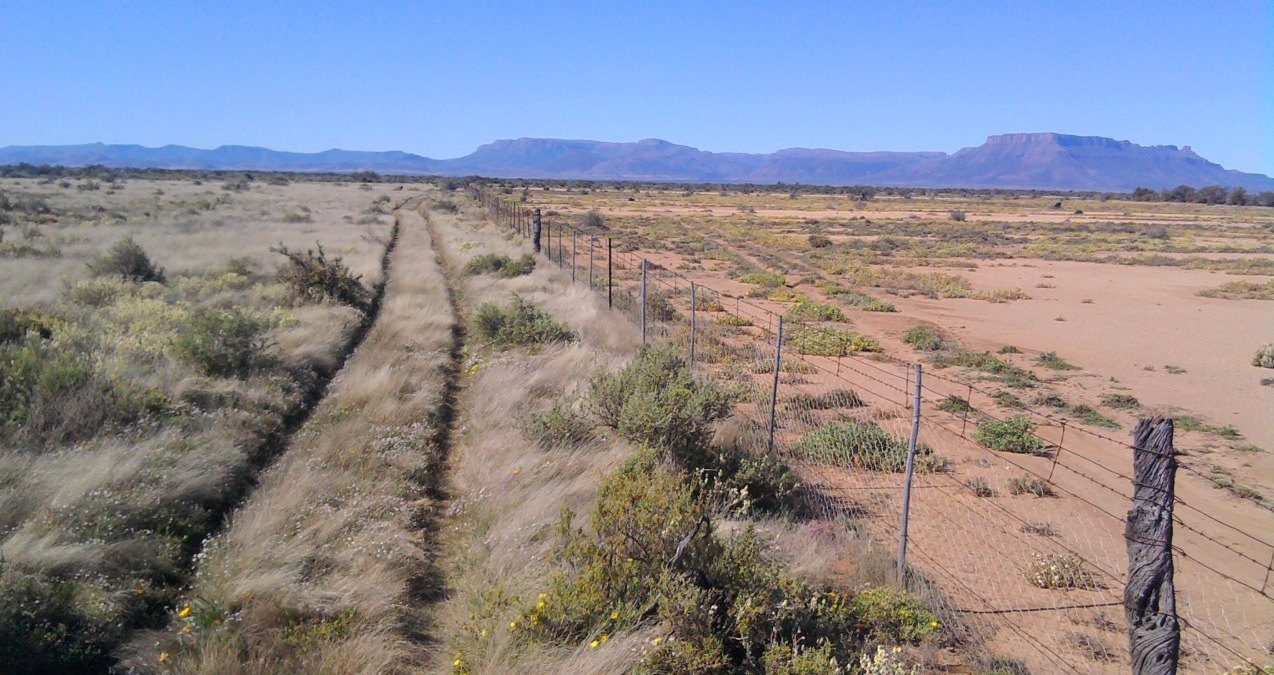Conservation in the Age of Climate Change: Saving the Cows—and Grasslands—of Rural Zimbabwe
Author: Judith D. Schwartz
Sianyanga is a small community far from any paved road in Matabeleland North, Zimbabwe’s poorest province. The village, part of the Hwange Communal Lands, comprises about 150 households — one household being six or seven family members living in a group of small, thatched huts. From the 1990s until about 2010, along with problems endemic to the region, including hunger and lack of clean water, the people of Sianyanga bore an added affliction: biting ants, or izinyebe, that thrive on bare soil.
These weren’t just annoying bugs that nipped a little. Balbina Nyoni, a single mother who has spent her whole life in the area, told me that being rushed on by izinyebe is like having boiling water poured on the skin; the onslaught has sent men to the hospital. The ants were known to gouge out the eyes of baby goats, killing them in minutes. People who lacked shoes, as Nyoni did, wrapped their feet in plastic to avoid getting stung. Being bitten could mean losing toenails, so open shoes were of no use. Plus, the ants ravaged low-growing staple crops such as groundnuts and cowpeas.
In September 2014, I toured Sianyanga with a group of community leaders. I was there to see the results of a seven-year effort to restore a landscape beset by desertification and drought. An older man paused in a grassy meadow and said, “This used to be so bare you could pick up a needle from the land.”
Thousands are leaving drought-ridden areas for places with more water, prompting fears of unrest in a nation already politically and economically fragile.
A few moments later we were on a narrow path when Balbina grabbed my shoulders and shouted, “Look! An ant!” I had to crouch down and squint to see it scuttling in the reddish dirt. Balbina told me that the ants have recently become quite difficult to find.
It was only then that I noticed that the women were all wearing sandals.
The izinyebe were a symptom of a broader problem affecting both Sianyanga and much of the world’s arable land: desertification, a process in which poor land management, overgrazing, and development combine to disrupt the fragile water cycle of semi-arid areas. Shade trees are cut down, natural grasses are removed for crops, and the soil dries up from the direct exposure to the sun. Once-fertile soil becomes inert dust, unable to sustain life. It primarily affects grassland ecosystems, which represent a significant portion of the world’s land mass; it is an important factor in poverty, conflict, and internal and international migration.

